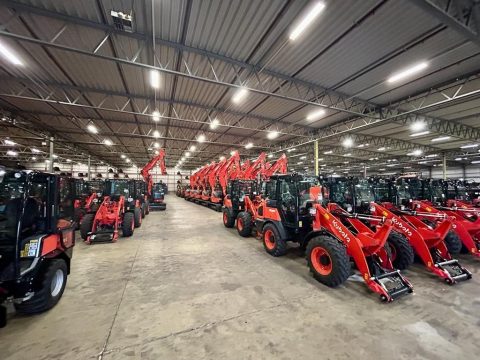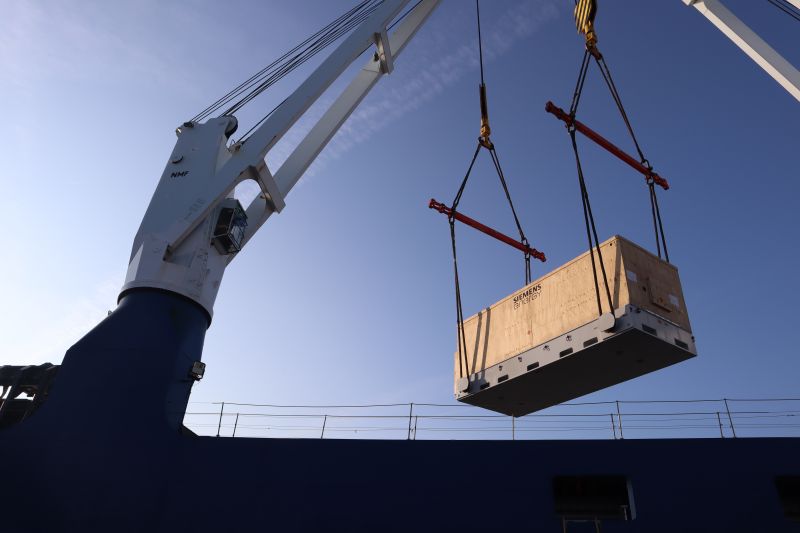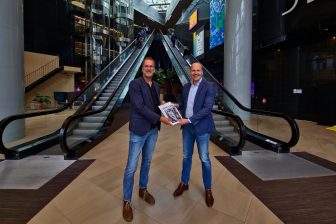
Solving the warehousing puzzle as interesting times await ahead
The prevailing economic uncertainties, together with the increased stocks the companies have built up over the Covid-19 period are creating scarcity on the warehousing market. All of this will make for interesting times in 2023. Speaking to Project Cargo Journal, Tomas van der Maarel, Broekman Logistics Manager Business Development, responsible for PMC (Product Market Combinations) General Cargo, notes that the trade volumes in 2023 could drop from the previous year.
“Stocks went up because during the Covid times companies piled up stock to cater to the developing trend of online orders. Now, however, there is a noticeable scarcity for space as stocks remain high, but the cargo throughput is slowing down,” van der Maarel says.
This could cause an issue not only for Broekman Logistics, but for a number of freight forwarders as finding more space to cater to their client’s demand is of utmost importance. There is, however, a positive side of the coin as the need for more warehousing space will open more employment options. “International trade has to go on, it is sort of the aorta of the economy, and we have to find solutions, which will of course open new jobs in the logistics and warehousing niches, be it in automation, sustainability and other sectors of the trade,” he says.
Available space
With stocks being high and warehousing space being scarce, the question now becomes, how do you cater to the new requests for storage space for the PMC General Cargo within Broekman Logistics. As the trade continues, there is no time to wait for the remaining stock to be shipped out of the existing warehouses, but the company has to act preventively in order to be ready for what may come in 2023.
“We recently opened a warehouse in Weert, in the southern part of the Netherlands, and we have warehousing facilities in RTM area, Born and Venlo,” van der Maarel says. The facility in Weert has 60.000 sqm serving as a hub for pan-European activities of Broekman Logistics customer Kubota. Within this facility, Broekman Logistics will exploit the storage, assembly services and also the outbound logistics for Kubota Construction Machinery.
“We are cooperating with our current client portfolio to see what their long term strategies are, their forecasts and how they expect to grow. We are also in discussions with new prospects and comparing their inquiries with availability at our locations, and this may result in that we need more space,” van der Maarel says, adding that the demand for space within Broekman Logistics niches, specialty chemicals, machinery and spare parts, is quite high.

Adapting to the shift
What the pandemic has revealed is that the supply chains are highly reliant on China as a supplier. With its zero case policy, it was difficult getting products out of China on time, and companies decided to look elsewhere.
“Companies have started looking for other production locations. There is a shift to India, Eastern Europe, Poland, Czechia, Slovakia, but also Turkey,” van der Maarel says. This also meant that customers will be sourcing from more than one location, not focusing on a sole supplier.
Van der Maarel sees the fun in this shift, as the job is not straightforward anymore. “This is where we can now be of value, as we have to look at each piece of the puzzle that are the logistics supply chains of our clients and see how we can be of service. It is making things a bit more difficult, but eventually, that is what we are here to do.”
Read also: Van der Maarel: We need better communication with the youth
It can’t be said that the project logistics industry is outdated, but it is lagging a bit behind other sectors when it comes to digitalisation. Tracking a container shipment may not go as far as tracking a small parcel with a local courier to the doorstep, but there is still visibility.
“Customers expect visibility. When thighs are going smoothly, everything is fine, however, in situations when things may go wrong, customers want to know what is going wrong and want to track that,” says van der Maarel.
The lagging of digitalisation within the project logistics sector could be due to the fact that it is not a standardised industry, with each cargo coming with its own set of challenges and requirements. “It is certainly different to a container where you are dealing with a fixed size. Every project is different and it makes it harder to streamline and put into a digital framework, however, steps are being made” van der Maarel says, adding that the focus now is on the aspects of the supply chain that can be digitised and optimised.
You just read one of our premium articles free of charge
Register now to keep reading premium articles.



